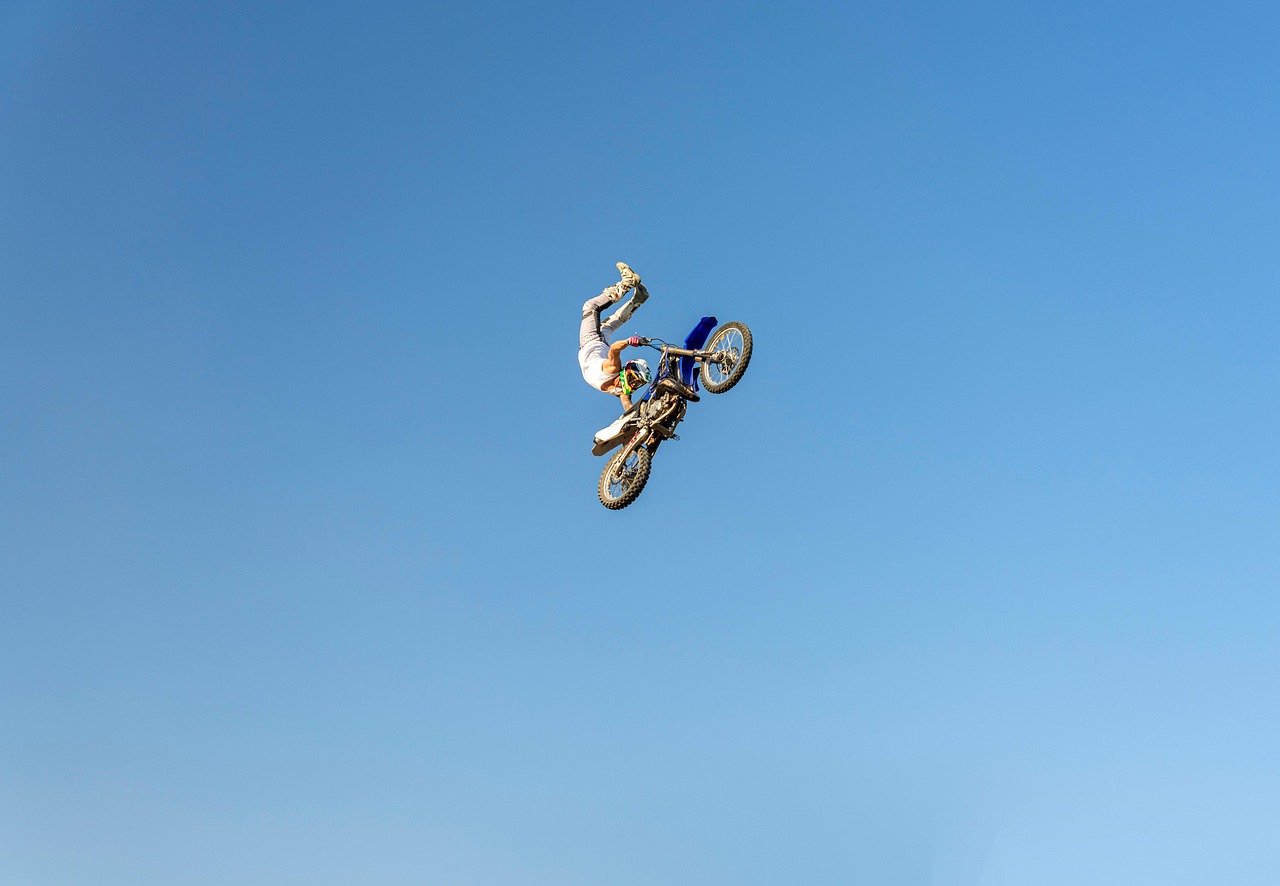Badminton: A Comprehensive Guide to the Sport
Badminton, often perceived as a casual backyard game, is a dynamic and exhilarating sport demanding agility, strategy, and precision. From recreational rallies to Olympic-level competitions, badminton offers something for everyone. This guide dives deep into the world of badminton, exploring its history, rules, techniques, equipment, and the numerous benefits it offers. Whether you’re a seasoned player or just starting out, prepare to discover the captivating world of badminton.
Understanding the Basics of Badminton
Badminton might seem simple at first glance, but understanding the fundamental aspects of the game is crucial for improvement and enjoyment.
History and Origins
- Badminton’s origins can be traced back centuries, with roots in ancient games like battledore and shuttlecock.
- The modern game of badminton developed in the mid-19th century among British officers stationed in India.
- The Badminton World Federation (BWF) was established in 1934, standardizing the rules and promoting the sport globally.
- Badminton made its Olympic debut as a demonstration sport in 1972 and became a medal sport in 1992.
Court Dimensions and Equipment
- Court Dimensions: The badminton court is rectangular, divided into two halves by a net.
Singles court: 13.4m (44 ft) long x 5.18m (17 ft) wide.
Doubles court: 13.4m (44 ft) long x 6.1m (20 ft) wide.
- Net: The net is 1.55m (5 ft 1 in) high at the posts and 1.524m (5 ft) high in the center.
- Racket: Badminton rackets are lightweight, typically made of carbon fiber, and weigh around 70-95 grams.
- Shuttlecock: Shuttlecocks, also known as birdies, can be made of feathers (traditional) or synthetic materials (plastic). Feather shuttlecocks offer better flight characteristics but are more fragile. Plastic shuttlecocks are more durable and suitable for recreational play.
A feather shuttlecock has 16 feathers.
Basic Rules and Scoring
- A match consists of the best of three games.
- A game is won by the first side to reach 21 points, with a two-point lead required (e.g., 21-19). If the score reaches 29-29, the side that scores the 30th point wins the game.
- Scoring System: Rally point scoring – a point is scored on every rally, regardless of which side served.
- Service: The serve must be hit below the server’s waist and travel diagonally across the net into the receiver’s service box.
- Faults: A fault occurs when the shuttlecock lands out of bounds, fails to go over the net, or is hit illegally (e.g., carried or slung).
Essential Badminton Techniques
Mastering fundamental techniques is vital for progressing in badminton.
Footwork
- Efficient footwork allows you to reach the shuttlecock quickly and maintain balance.
- Basic Footwork Patterns:
Ready Position: Start in a ready position with your weight balanced and knees slightly bent.
Shuttle Steps: Use short, quick steps to move around the court.
Lunges: Practice lunging forward to reach shots at the net.
Chasse Steps: Employ chasse steps for lateral movement.
- Example: When moving to the net for a net shot, use a lunge step to reach the shuttlecock while maintaining balance.
Grips
- The grip influences your ability to generate power and control.
- Forehand Grip: Grip the racket as if you were shaking hands with it.
- Backhand Grip: Rotate the grip slightly towards your thumb, providing more power and control on backhand shots.
- Changing Grips: Learn to quickly adjust your grip based on the type of shot you need to play.
- Example: Use a forehand grip for overhead smashes and a backhand grip for backhand clears.
Basic Strokes
- Serve: The serve initiates the rally. Practice both high serves (for singles) and low serves (for doubles).
- Clear: A clear is a high, deep shot aimed to push your opponent to the back of the court, giving you time to recover.
Example: When under pressure, use a clear to regain court position.
- Drop Shot: A drop shot is a delicate shot that falls just over the net, forcing your opponent to move forward.
Example: Use a drop shot to exploit your opponent’s weak net play.
- Smash: A smash is a powerful overhead shot aimed downwards, difficult to return.
Example: When you have an opportunity, use a smash to end the rally quickly.
- Drive: A drive is a fast, flat shot aimed parallel to the ground.
* Example: Use a drive in doubles to maintain an aggressive attacking position.
Advanced Badminton Strategies
Once you’ve mastered the basics, implementing advanced strategies can elevate your game.
Singles Strategy
- Court Coverage: Cover the court efficiently to return every shot. Focus on moving to the center after each shot.
- Exploiting Weaknesses: Identify and exploit your opponent’s weaknesses, such as a weak backhand or slow movement.
- Varying Shots: Mix up your shots to keep your opponent guessing. Use a combination of clears, drops, and smashes.
- Physical Fitness: Singles requires excellent stamina and agility. Regular cardio and strength training are crucial.
- Example: If your opponent is struggling with their backhand, consistently direct your shots to that side of the court.
Doubles Strategy
- Partnership and Communication: Communicate effectively with your partner to coordinate your movements and coverage.
- Rotation: Rotate positions strategically to cover the court effectively. Common rotations include attacking and defensive formations.
- Attack and Defense: Alternate between attacking and defensive roles, depending on the situation.
- Net Play: Net play is crucial in doubles. Control the net to create opportunities for attacking shots.
- Example: In an attacking formation, one player should control the net while the other covers the backcourt for smashes.
Mental Game
- Focus and Concentration: Maintain focus throughout the match to avoid errors and anticipate your opponent’s moves.
- Composure: Stay calm and composed, even under pressure. Avoid getting frustrated by mistakes.
- Positive Attitude: Maintain a positive attitude and believe in your ability to win.
- Visualization: Visualize successful shots and strategies to boost your confidence.
- Example: Before a match, visualize yourself executing perfect smashes and drop shots to build confidence.
The Benefits of Playing Badminton
Beyond the thrill of competition, badminton offers numerous physical and mental health benefits.
Physical Health Benefits
- Cardiovascular Health: Badminton is an excellent cardiovascular workout, improving heart health and reducing the risk of heart disease.
- Improved Agility and Reflexes: The fast-paced nature of badminton enhances agility, reflexes, and coordination.
- Increased Muscle Strength and Endurance: Badminton engages multiple muscle groups, leading to increased strength and endurance.
- Weight Management: Badminton can help burn calories and maintain a healthy weight.
- Example: A study showed that playing badminton regularly can lower blood pressure and cholesterol levels.
Mental Health Benefits
- Stress Relief: Engaging in physical activity like badminton can help reduce stress and anxiety.
- Improved Mood: Exercise releases endorphins, which have mood-boosting effects.
- Enhanced Cognitive Function: Badminton requires strategic thinking and decision-making, which can improve cognitive function.
- Social Interaction: Playing badminton provides opportunities for social interaction and building relationships.
- Example: Playing badminton after a stressful day can help you relax and improve your mood.
Accessibility and Inclusivity
- Suitable for All Ages and Skill Levels: Badminton can be enjoyed by people of all ages and skill levels, from beginners to advanced players.
- Low Equipment Cost: Badminton equipment is relatively inexpensive compared to other sports, making it accessible to a wide range of people.
- Indoor and Outdoor Play: Badminton can be played indoors or outdoors, depending on the availability of courts.
- Example: Many community centers and parks offer badminton programs and facilities, making it easy to get started.
Choosing the Right Badminton Equipment
Selecting the right equipment can significantly impact your performance and enjoyment of the game.
Rackets
- Weight: Choose a racket weight that suits your strength and playing style. Lighter rackets are easier to maneuver, while heavier rackets provide more power.
- Balance Point: The balance point affects the racket’s feel. Head-heavy rackets provide more power, while head-light rackets offer better control.
- Shaft Flexibility: Flexible shafts provide more power for beginners, while stiffer shafts offer more control for advanced players.
- Example: Beginners may prefer a head-light racket with a flexible shaft, while advanced players may opt for a head-heavy racket with a stiff shaft.
Shuttlecocks
- Feather vs. Plastic: Feather shuttlecocks offer superior flight characteristics but are more expensive and fragile. Plastic shuttlecocks are more durable and suitable for recreational play.
- Speed: Shuttlecocks are available in different speeds, depending on the temperature and altitude of the playing environment.
- Durability: Consider the durability of the shuttlecock, especially if you are playing frequently.
- Example: In warmer climates, use faster shuttlecocks, while in colder climates, use slower shuttlecocks.
Shoes
- Support and Cushioning: Badminton shoes should provide adequate support and cushioning to prevent injuries.
- Grip: Choose shoes with a non-marking rubber sole for excellent grip on the court.
- Lightweight: Lightweight shoes allow for quick and agile movements.
- Example: Look for badminton-specific shoes that offer lateral support and cushioning to protect your ankles and knees.
Other Accessories
- Grips: Replace your racket grip regularly to maintain a comfortable and secure hold.
- Wristbands: Use wristbands to absorb sweat and prevent it from dripping onto the grip.
- Badminton Bag: Invest in a badminton bag to carry your equipment and keep it organized.
- Example: A fresh grip can significantly improve your control and comfort during play.
Conclusion
Badminton is a sport that offers a compelling blend of physical and mental benefits, making it an excellent choice for individuals of all ages and abilities. From understanding the foundational rules and mastering essential techniques to implementing advanced strategies and selecting the right equipment, this comprehensive guide has provided a pathway for you to elevate your game and fully appreciate the world of badminton. Whether you aspire to compete at a high level or simply seek a fun and engaging way to stay active, badminton promises a rewarding and exhilarating experience. So, grab your racket, find a court, and embark on your badminton journey today!



